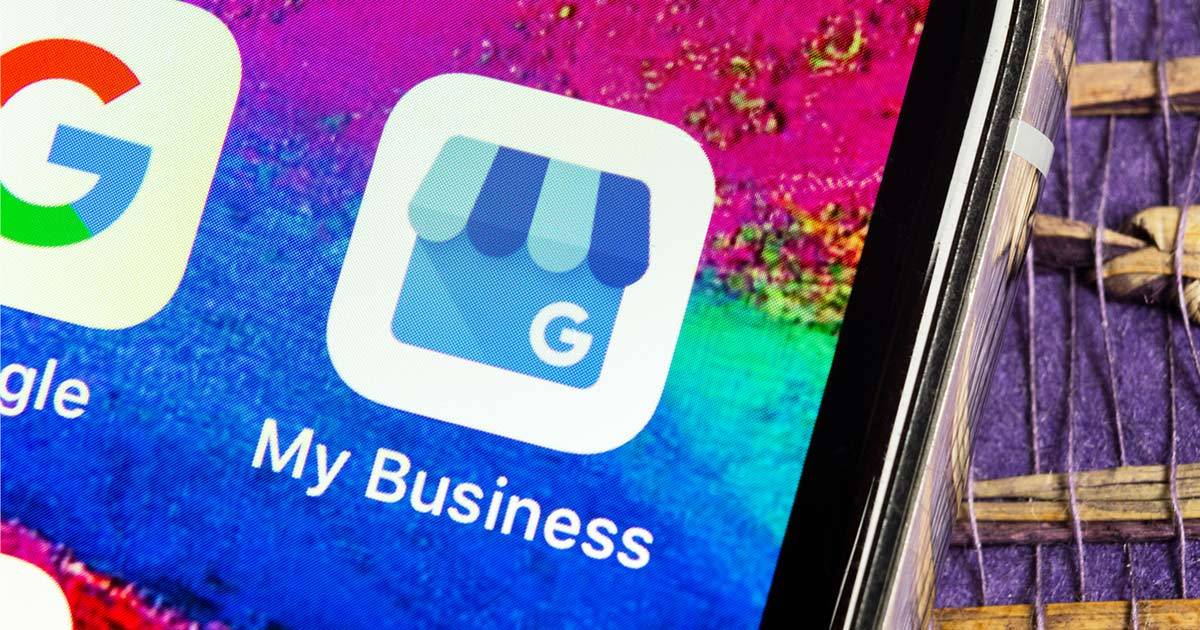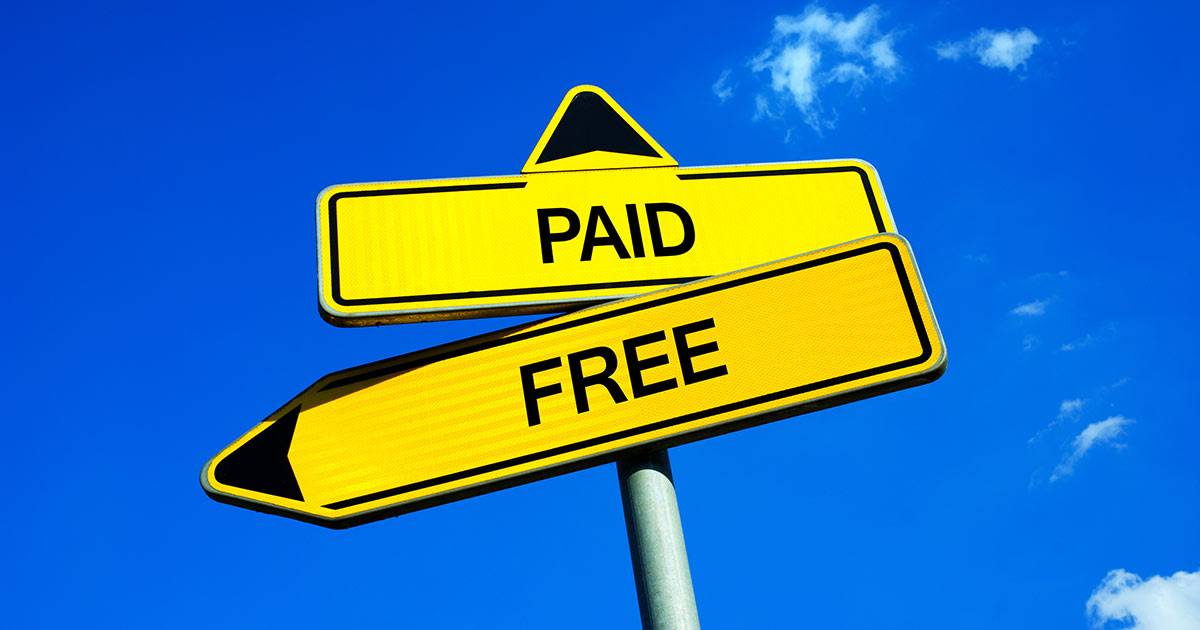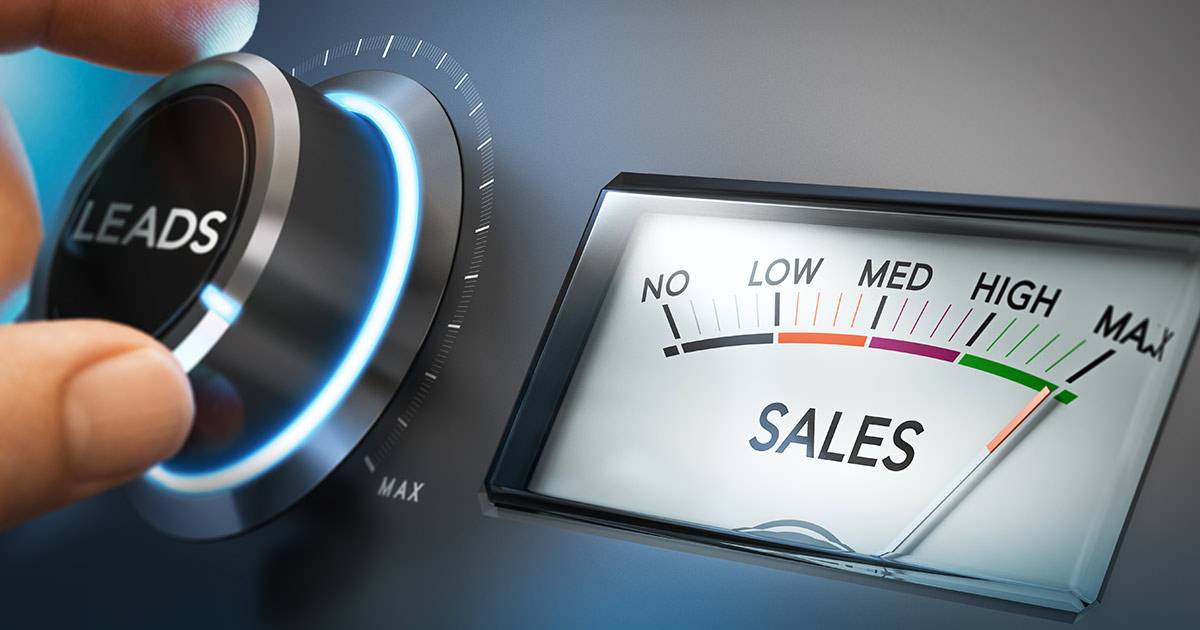So you’re starting a business and you’ve been told you need a business plan. And you’re like, “Ugh, really?” Because if there’s one thing entrepreneurs love more than starting businesses, it’s writing lengthy documents about those businesses. Just kidding. We all know that business plans are about as much fun as getting a root canal. But the truth is, whether you’re seeking funding from investors or just trying to figure out what the heck you’re doing, a business plan is an essential part of any successful business. Here’s how to write a business plan that’ll actually get read.
Write a Business Plan in reverse.
When you’re writing a business plan, if you start with what you want to achieve, (such as how much profit you want to make) and work backward from there, this will help you identify the actions you need to take in order to achieve success. Having some SMART goals along the way will definitely help too.
1. Keep it short and sweet.
No one wants to read a 100-page document, no matter how well-written it is. So don’t make your business plan longer than it needs to be. One page is all it needs to be. The key is to include only the most important information—the stuff that’ll actually help you achieve your goals. Anything else is just fluff. Find out how to do this with our Business advisor and mentor, John Schol.
2. Make it visually appealing.
Remember, your business plan is a sales pitch—you’re selling your business idea to potential investors or partners. So it needs to look good! Use plenty of white space, headings and subheadings, and images or charts to break up the text and make it easy to scan. Perhaps engage a graphic designer to make it look great.
3. Write a business plan in plain English.
Avoid jargon and technical terms like “synergy” and “leverage.” Remember, you’re writing for people who may not be familiar with your industry or your company, so make sure your language is accessible to everyone.
4. Be honest—but optimistic.
No one likes a braggadocious blowhard, but investors and customers do want to see some confidence in your ability to succeed. When writing a business plan, strike a balance by being honest about the risks and challenges involved in your business while still conveying your enthusiasm for its potential success.
Write a Business Plan and Smash your Goals
Writing a business plan doesn’t have to be a pain in the ass—if you keep it short, sweet, and visually appealing; write in plain English; and strike a balance between honesty and optimism, you’ll be sure to create a document that’ll actually get read (and maybe even help you achieve your goals).v
















